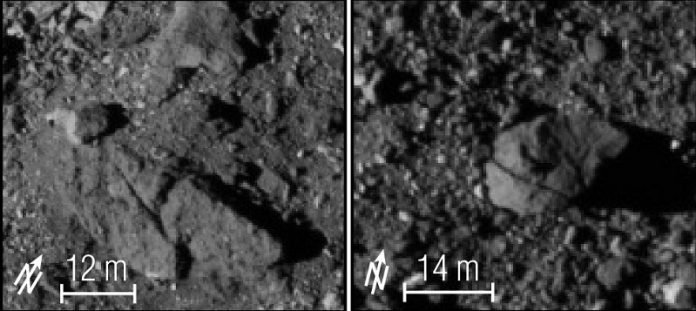
In a new study, researchers have discovered that the surface geology on asteroid Bennu is older than expected.
Bennu is a carbonaceous asteroid whose surface may record the earliest history of our solar system.
It a “rubble pile” asteroid held together by its own gravity.
The researchers found the surface could be between 100 million and 1 billion years old.
The study was led by the Southwest Research Institute.
In the study, the team analyzed data from observations of the near-Earth asteroid (NEA) by NASA’s OSIRIS-REx mission.
It’s very challenging because Bennu is so small and hard to orbit.
Bennu was chosen due to its size, composition, and proximity to Earth. It passes nearby every six years.
Scientists suggest that its dusty regolith may contain molecular precursors to the origin of life and the Earth’s oceans.
The geology of Bennu is important to the final phase of the mission.
At that time, the spacecraft will make the high-stakes venture to touch the surface to sample the regolith.
Scientists need to identify where to collect a sample, and then grab particles to return to Earth in 2023.
According to the team, small asteroids may be formed in the main asteroid belt following the breakup of a much larger asteroid.
In the main asteroid belt between Mars and Jupiter, these objects would be constantly bombarded by impactors.
Once they leave the main belt and become NEAs, rotational spin-up because of heating or tidal effects can alter their shape and surface.
In the study, the team found that the very large boulders scattering the surface were surprising.
Earth-based observations showed that the largest might be 65 feet across, but several boulders are larger than 150 feet in size.
The researchers suggest their findings provide valuable information about how near-Earth asteroid formed.
One study author is SwRI’s, Dr. Kevin Walsh.
The study is published in Nature Geoscience.
Copyright © 2019 Knowridge Science Report. All rights reserved.



